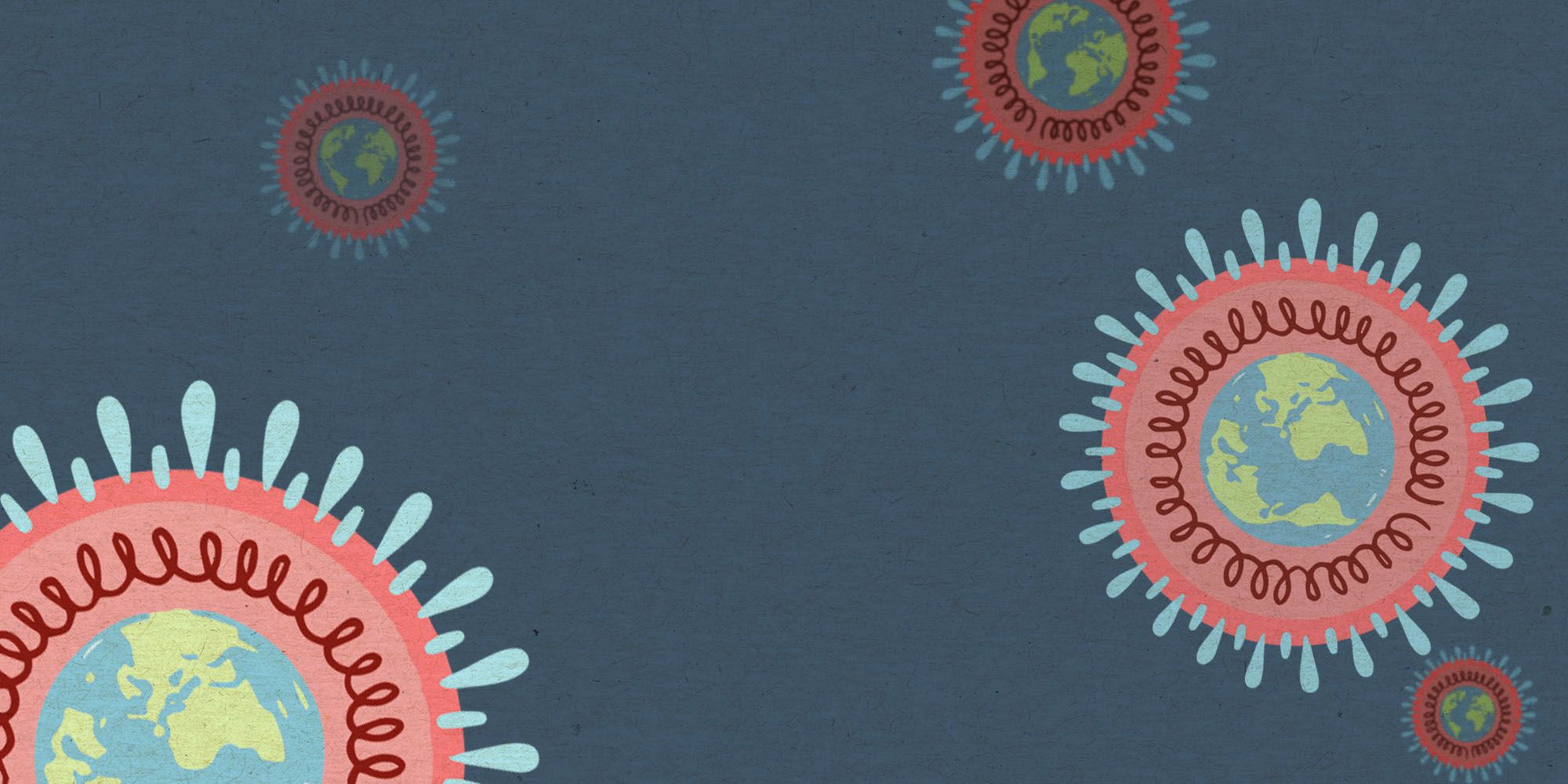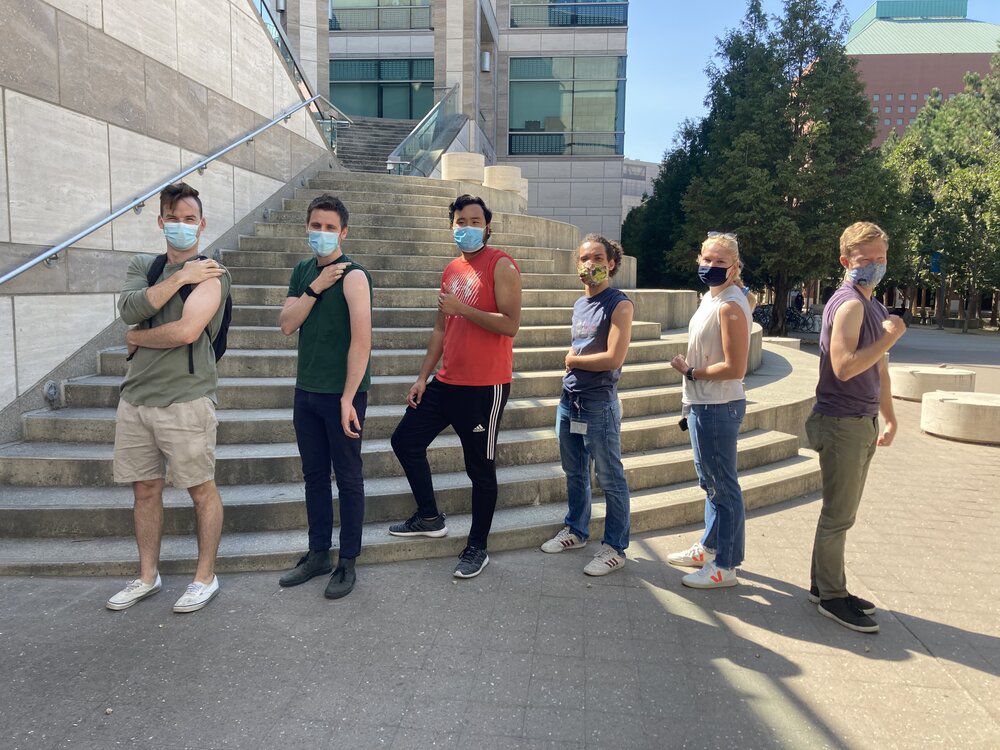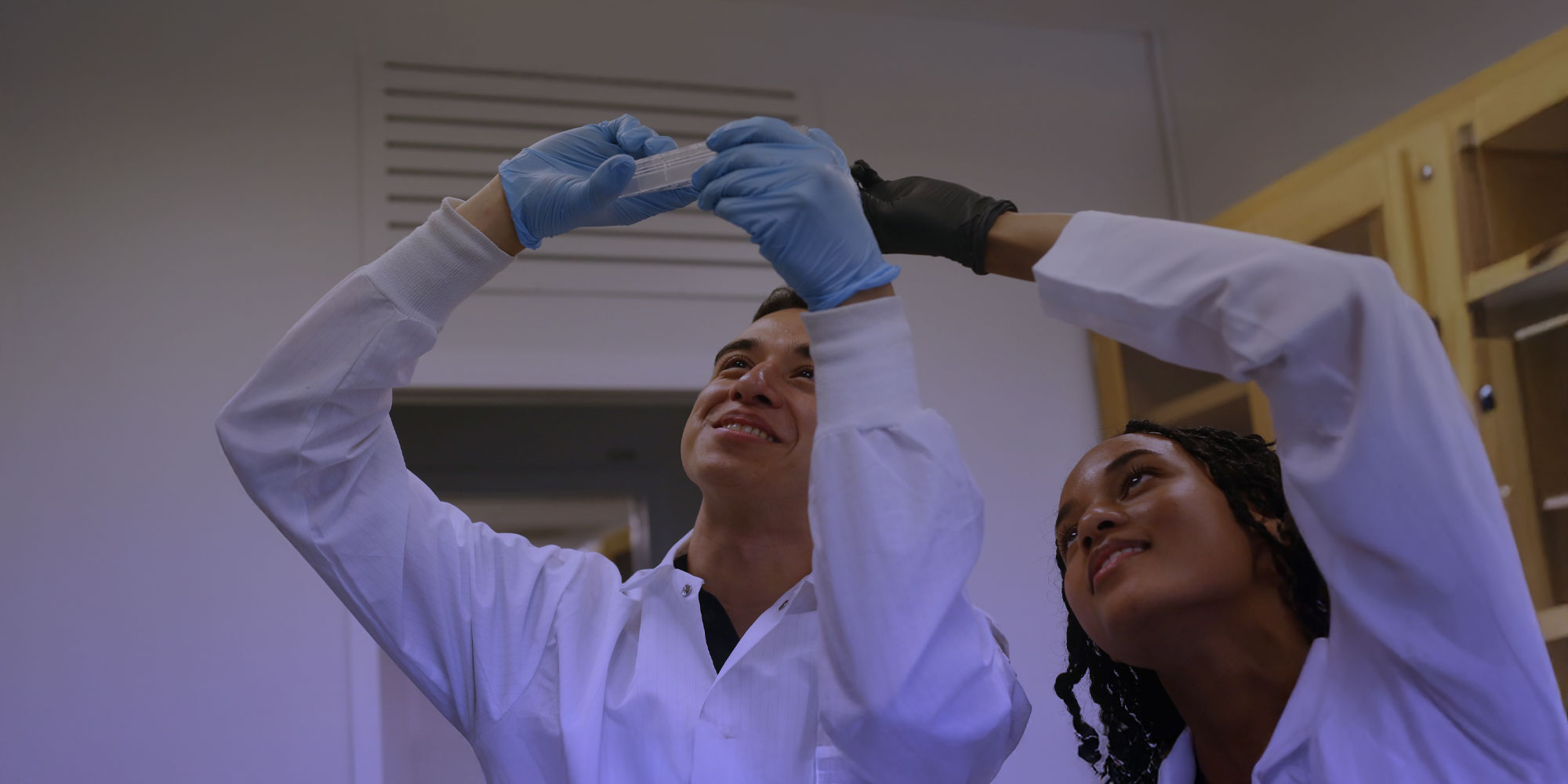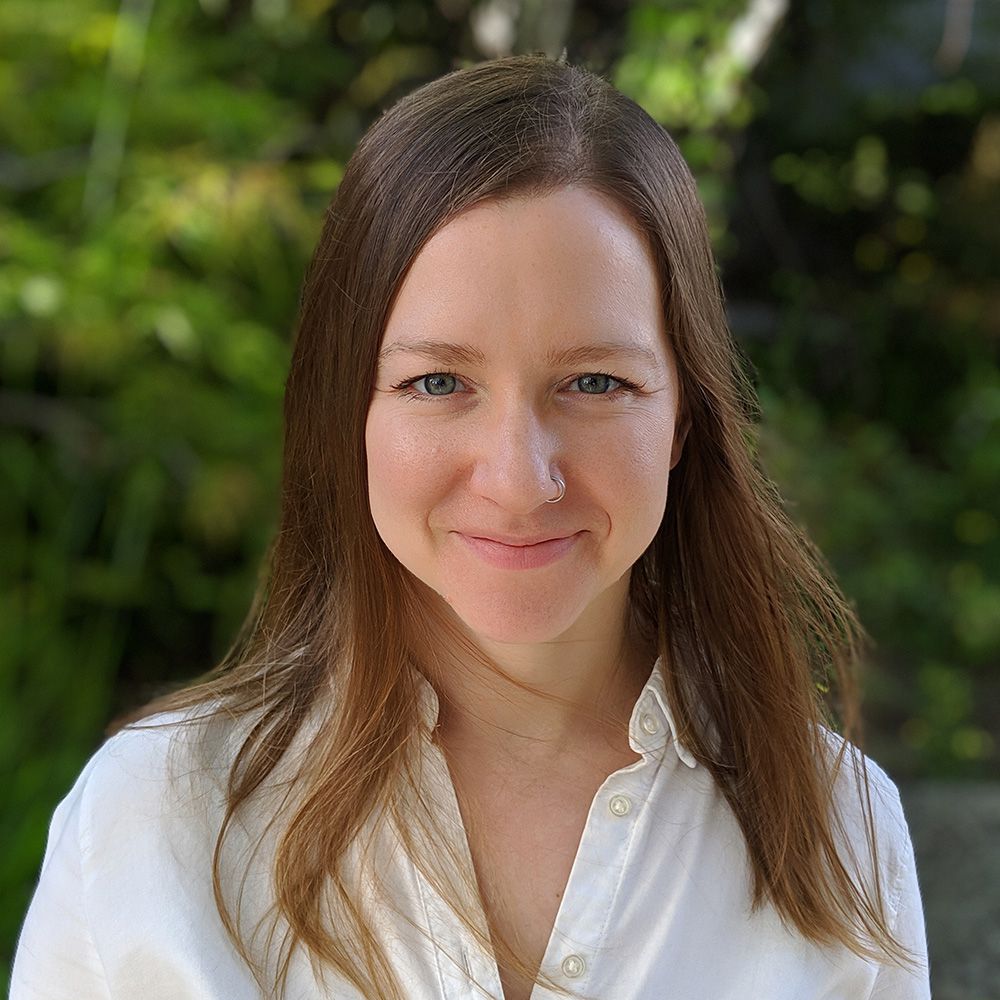
COVID-19 Research Spotlight: Luke Gilbert on an Epigenetic Pretreatment
Luke Gilbert is an Assistant Professor at UCSF, where his lab is focused on modeling and overcoming drug resistance in cancer using synthetic biology and functional genomics. He is co-leading an IGI-funded research project, creating a pretreatment to prevent people from contracting COVID-19. In September, he talked with IGI science writer Hope Henderson about this project.
Tell me about your COVID-19 research project.

We are creating prophylactic treatment that would protect you from getting infected with SARS-CoV-2, the virus that causes COVID-19, or a future coronavirus. Our method wouldn’t rely on your immune system, but it’s akin to a vaccine in that you pretreat to block infection. We’re trying to do this with epigenetic manipulation of target genes.
What is epigenetics?
Epigenetics is something people like to argue about what the definition is! I have a pretty broad definition: anything that contributes to gene expression that isn’t DNA sequence. Mostly this refers to different kinds of marks on DNA and on histone tails. So, our idea is to change these marks to change how genes are expressed in the body, or even just in the upper respiratory tract, where infection begins.
Epigenetic changes are dynamic and reversible within the body. And they could not be passed down to future generations.
How did the project get started?
In 2017, Jennifer Doudna, myself, and some other researchers were awarded a DARPA grant to use epigenetics to create a pretreatment that would protect people from getting Ebola by turning off human genes that are required for viral pathogenesis. DARPA was really interested in using CRISPR for medical treatment in ways that don’t permanently change the genome. We thought, maybe we can use a souped-up version of our CRISPRi, a kind of technology that edits the epigenome to turn genes off temporarily.
So, over the last few years we’ve created a system where we can transiently express a protein and write a series of marks onto the DNA and histones, that the cell then remembers and passes on as they divide and form new cells.
Then COVID-19 hit. And we said, let’s repurpose the CRISPRi tools we’re developing to try to do something for COVID.
What genes are you targeting with CRISPRi tools?
The easiest thing to target is a receptor if it’s not essential, but the SARS-CoV-2 receptor is a protein called ACE2, which is also required for lung function. And so we don’t want to just turn that off. In mouse models, you get severe lung tissue damage if you delete that receptor.
So we’re looking at other genes, like ones that are necessary for the virus to enter cells or that viruses need to make the crucial viral spike protein. So far, it looks like one of our best bets is to target proteases that are required for the spike protein to take its final form. From mouse data, it looks like you can delete or turn off the TMPRSS2 protease gene, and mice are protected from influenza. The biology of coronaviruses and influenza viruses are similar in some ways, so it’s possible that if we do this we’d be protected from both flu and coronaviruses.

How would people take the pretreatment?
Our best bet for delivering it as an inhalable mRNA, either as a powder or in a lipid nanoparticle formulation. We have collaborators with expertise in these delivery methods but this is a big challenge in multiple ways. The mRNAs are really big, so it’s tricky to make them, but we’re working on it.
When would we see this in the clinic?
I want to push back against selling false hope — this is blue skies research that is slow and is not going to be effective in the near future. Ideally, we show that turning target genes off stops people from getting infected with COVID-19. I’d also like to show this also works for MERS and SARS, which are also coronaviruses. And if we can find genes that are important for all the three coronaviruses that have emerged in the last 20 years, then we would hope that this would also be effective for future emerging viruses, say, COVID-30.
What are things like in your lab now?

I’m still working from home. At UCSF, labs are open at one quarter capacity. Our meetings are remote and all data analysis is done remotely now. So people go in, do bench work, and then they leave. It’s hardest to do things that take long amounts of time due to scattered incubations, like a Western blot. So there’s certain kinds of experiments that we’ve basically stopped doing.
Mentoring has changed a lot — everything has to be formalized into meetings instead of just talking as things come up. And some people are fine with Zoom mentorship, but others find it really impersonal, so those folks I meet with outside (masked and at a distance, of course).
Do you have any quarantine hobbies?
The last six months have been busier than normal for me and for a lot of people. We’ve added new projects, graduate students, and grants. So, I just decided I’m going to sleep extra at this time — I’m taking more naps.
This work is funded by the Laboratory for Genomics Research (LGR), a collaboration between UC Berkeley/UCSF (IGI) and GlaxoSmithKline.
You may also be interested in

COVID-19 Research Spotlight: Markita Landry on Rapid, Nanosensor-Based Tests

COVID-19 Research Spotlight: Brenda Eskenazi on Risks to California Farmworkers

COVID-19 Research Spotlight: Laleh Coté on Virtual Mentoring

 By
Hope Henderson
By
Hope Henderson